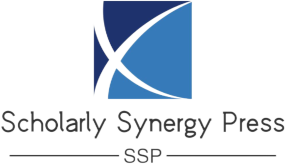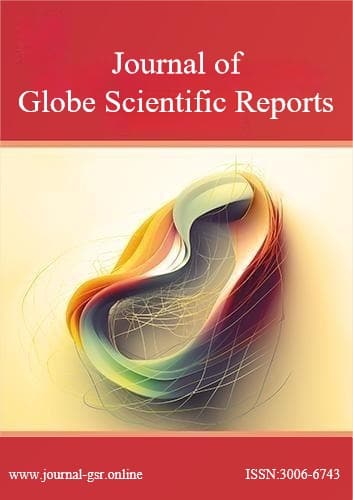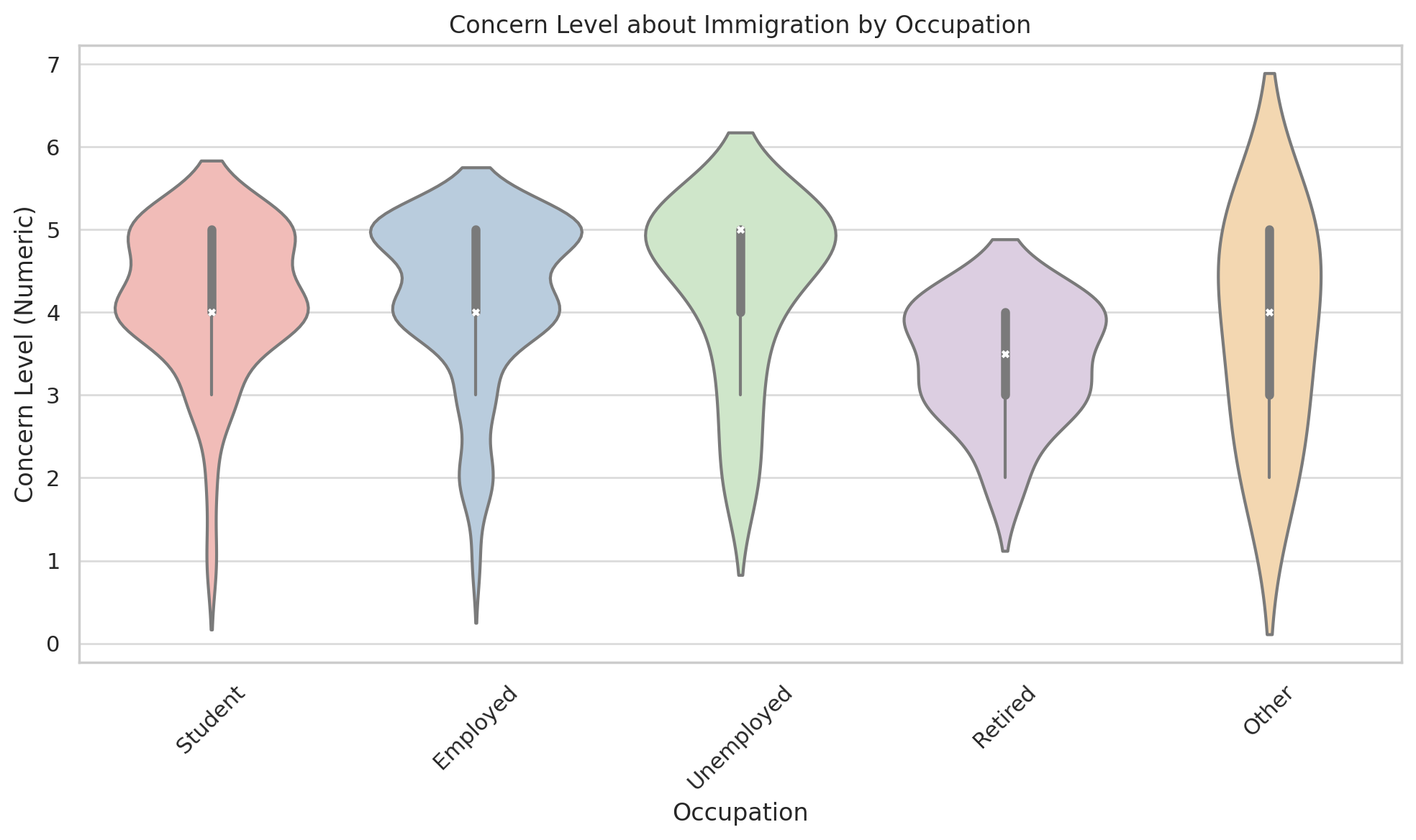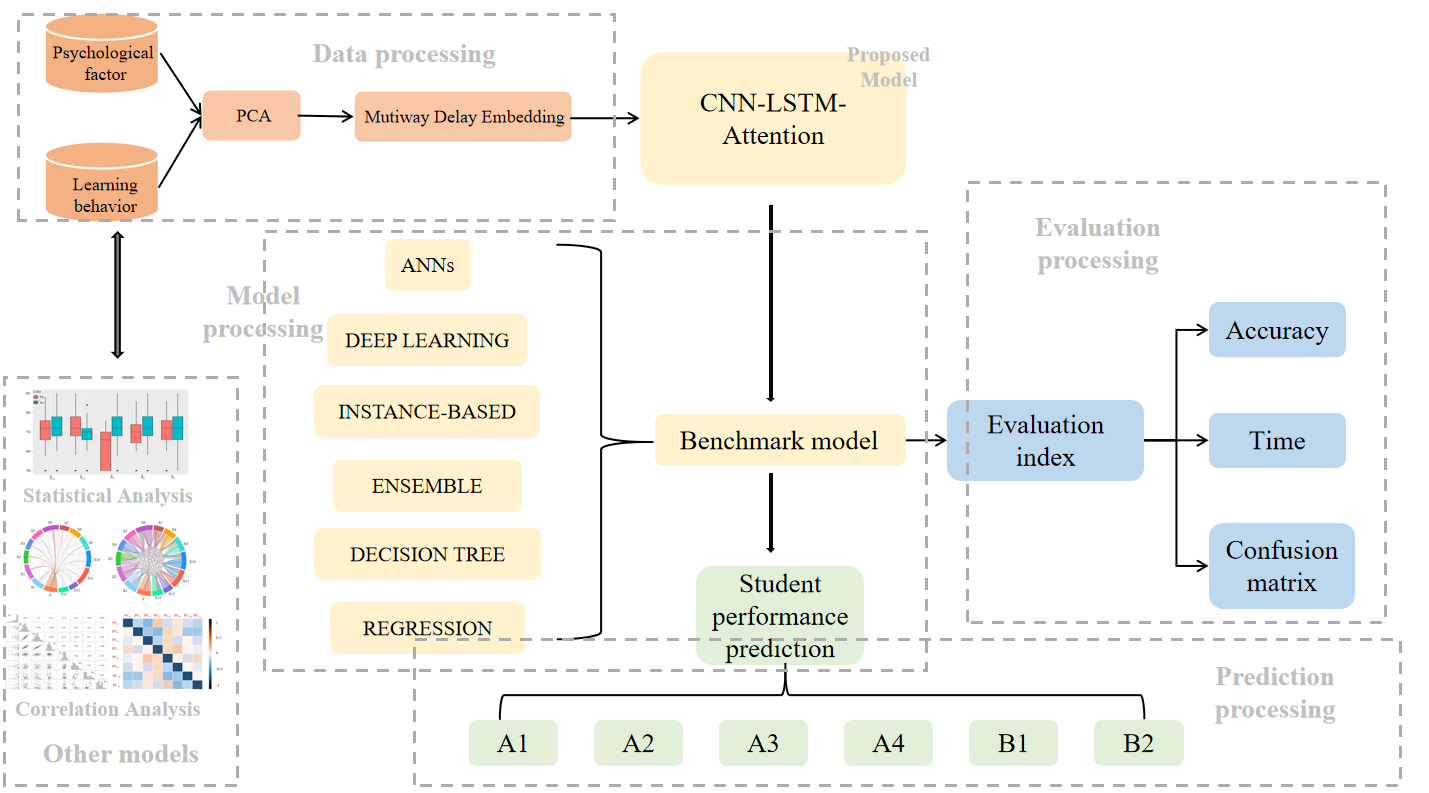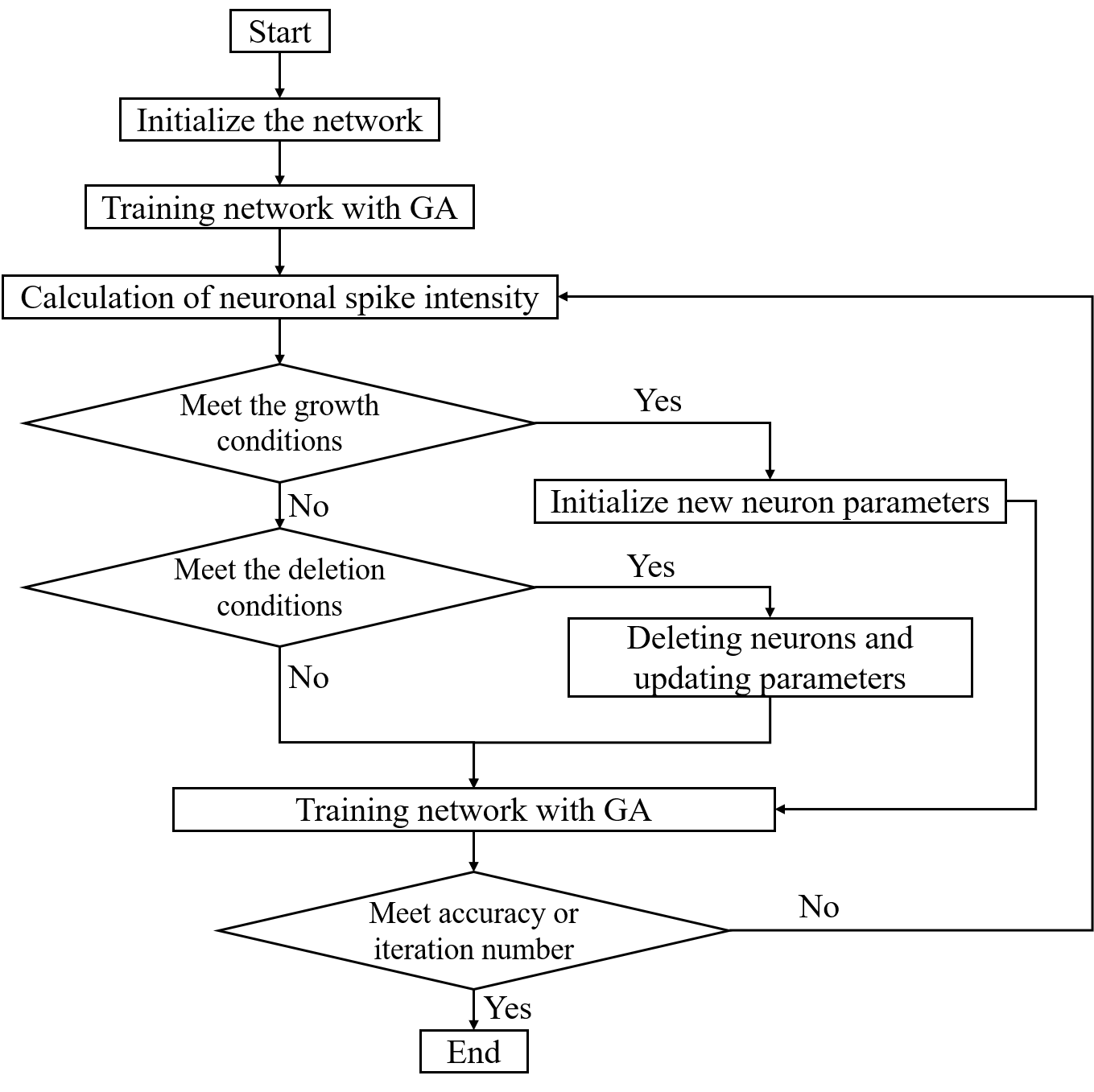 An open access journal
An open access journal
Utilizing Fuzzy Neural Networks for Accurate English Grade Forecasting
Abstract
This paper is mainly based on the prediction of English grades, aiming at the data of students' English grades and personal identity during school, and establishes a fuzzy neural network prediction model based on the spike mechanism and genetic algorithm. First of all, in the aspect of parameter training of neural network optimization design, this paper adopts genetic algorithm as the learning algorithm of fuzzy neural network, so that the network can achieve the global optimum. Then, the spiking mechanism proposed based on the cerebral cortex information transmission mode and the Spiking neuron accumulation trigger (Integrate-and-Fire, IF) model is used to complete the structure growth and pruning of the fuzzy neural network, realize the dynamic adjustment of the network structure during the training process, and improve the performance of fuzzy neural network in English grade prediction application. Finally, after testing, it is found that the fuzzy neural network prediction model based on the spike mechanism and genetic algorithm proposed in this paper has a good performance.
Show Figures
Share and Cite
Article Metrics
References
- Natek S, Zwilling M. Student data mining solution-knowledge management system related to higher education institutions[J]. Expert Systems with Applications, 2014, 41(14): 6400-6407.
- Hernández-Blanco A, Herrera-Flores B, Tomás D, et al. A Systematic Review of Deep Learning Approaches to Educational Data Mining[J]. Complexity, 2019, 2019: 1-22.
- U.S. Department of Education, Office of Educational Technology. Enhancing teaching and learning through educational data mining and learning analytics: An issue brief[R/OL]. 2018-09-17 [2021-02-25]. https://tech.ed.gov/learning-analytics/.
- Romero C, Ventura S. Educational data mining: a review of the state of the art[J]. IEEE Transactions on Systems, Man, and Cybernetics, Part C (Applications and Reviews). 2010, 40(6): 601-618.
- Amra I A A, Maghari A Y A. Students performance prediction using KNN and Naïve Bayesian[C]//Proceedings of the 2017 8th International Conference on Information Technology (ICIT). Amman, Jordan, 2017: 909-913.
- Pechenizkiy M, Trcka N, Vasilyeva E, et al. Process Mining Online Assessment Data[J]. International Working Group on Educational Data Mining, 2009.
- Cao Y, Gao J, Lian D, et al. Orderness Predicts Academic Performance: Behavioral Analysis on Campus Lifestyle[J]. Journal of the Royal Society Interface, 2017, 15(146): 20180210.
- Meier Y, Xu J, Atan O, et al. Predicting grades[J]. IEEE Transactions on Signal Processing, 2015, 64(4): 959-972.
- Ma Y, Cui C, Nie X, et al. Pre-course student performance prediction with multi-instance multi-label learning[J]. Science China Information Sciences, 2019, 62(2): 1-3.
- Zhou M, Ma M, Zhang Y, et al. EDUM: classroom education measurements via large-scale WiFi networks[C]//Proceedings of the 2016 acm international joint conference on pervasive and ubiquitous computing. Heidelberg, Germany, 2016: 316-327.
- Su Y, Liu Q, Liu Q, et al. Exercise-enhanced sequential modeling for student performance prediction[C]//Proceedings of the AAAI Conference on Artificial Intelligence. New Orleans, Louisiana, 2018, 32(1).
- Zhang Y, Jiang W. Score prediction model of MOOCs learners based on neural network[J]. International Journal of Emerging Technologies in Learning (iJET), 2018, 13(10): 171-182.
- Mehmed K . Data mining concepts, models, methods, and algorithms[J]. Iie Transactions, 2005, 36(5): 495-496.
- Ren Z, Rangwala H, Johri A. Predicting performance on MOOC assessments using multi-regression models[J]. arXiv preprint arXiv: 1605.02269, 2016.
- Feng W, Tang J, Liu T X. Understanding dropouts in MOOCs[C]//Proceedings of the AAAI Conference on Artificial Intelligence. Honolulu, Hawaii, 2019, 33(01): 517-524.
- Burman I, Som S. Predicting students academic performance using support vector machine[C]//Proceedings of the 2019 Amity International Conference on Artificial Intelligence (AICAI). Dubai, United Arab Emirates, 2019 : 756-759.
- Sweeney M, Lester J, Rangwala H. Next-term student grade prediction[C]//Proceedings of the 2015 IEEE International Conference on Big Data (Big Data). Santa Clara, CA, 2015 : 970-975.
- Sweeney M, Rangwala H, Lester J, et al. Next-term student performance prediction: A recommender systems approach[J]. arXiv preprint arXiv: 1604.01840, 2016.
- Polyzou A, Karypis G. Grade prediction with models specific to students and courses[J]. International Journal of Data Science and Analytics, 2016, 2(3-4): 159-171.
- Jiang S, Warschauer M, Williams A, et al. Predicting MOOC performance with week 1 behavior[C]//Proceedings of the 7th International Conference on Educational Data Mining.Worcester: Worcester Polytechnic Institute. London, UK, 2014: 273-275.
- Brinton C G, Chiang M. MOOC performance prediction via clickstream data and social learning networks[C]//Proceedings of the 2015 IEEE conference on computer communications (INFOCOM). Kowloon, Hong Kong, 2015: 2299-2307.
- Bote-Lorenzo M L, Gómez-Sánchez E. Predicting the decrease of engagement indicators in a MOOC[C]//Proceedings of the Seventh International Learning Analytics & Knowledge Conference. Vancouver, BC, 2017: 143-147.
- Hlosta M, Zdrahal Z, Zendulka J. Ouroboros: early identification of at-risk students without models based on legacy data[C]//Proceedings of the Seventh International Learning Analytics &Knowledge Conference. Vancouver, BC, ACM, 2017: 6-15.
- Aljohani N R, Fayoumi A, Hassan S U. Predicting at-risk students using clickstream data in the virtual learning environment[J]. Sustainability, 2019, 11(24): 7238.
- Lee S C, Lee E T. Fuzzy Sets and Neural Networks[J]. Journal of Cybernetics, 2008, 4(2):83-103.
- Takagi H. Fusion Technology of Fuzzy Theory and Neural Networks-Survey and Future Directions[J]. 1990.
- Jang J S R. ANFIS: adaptive-network-based fuzzy inference system[J]. IEEE Trans on Smc, 1993, 23(3):665-685.
- Hecht-Nielsen. Theory of the backpropagation neural network[C] International Joint Conference on Neural Networks. IEEE, 2002: 593-605.
